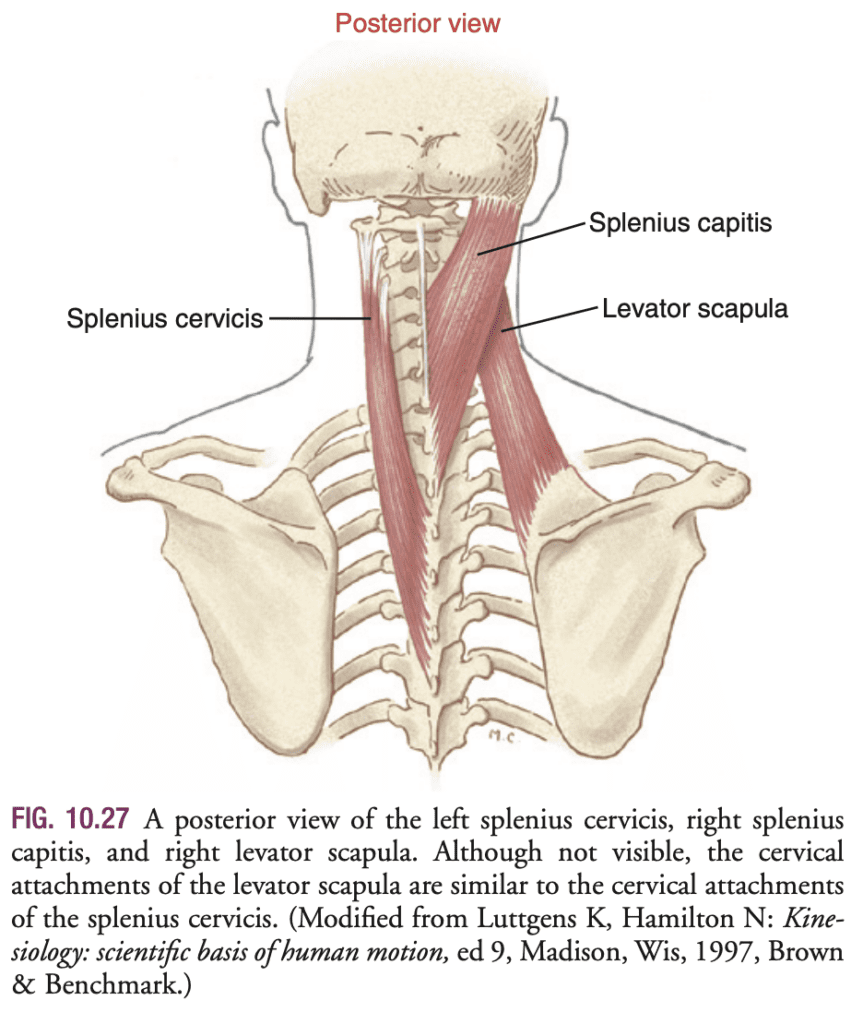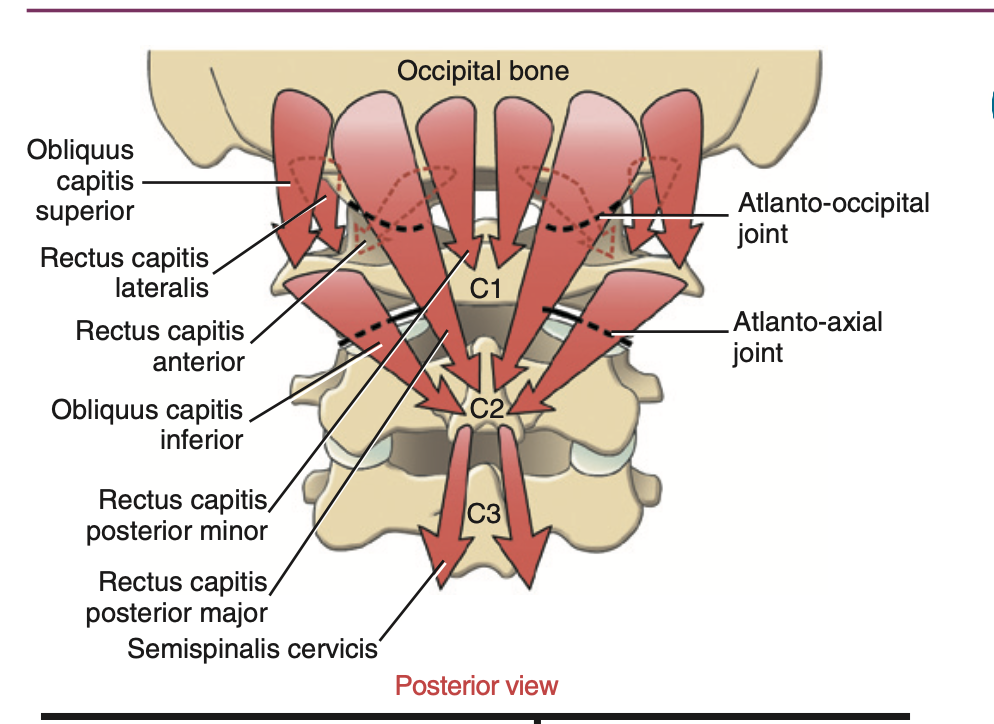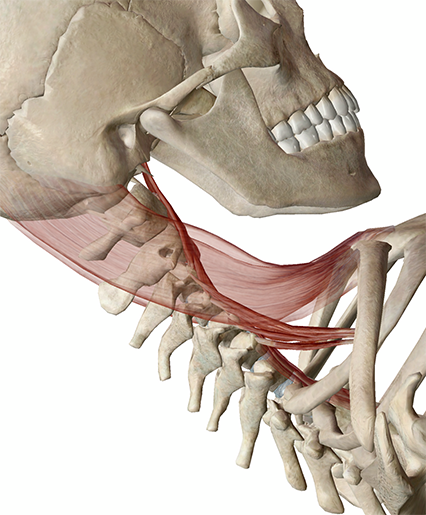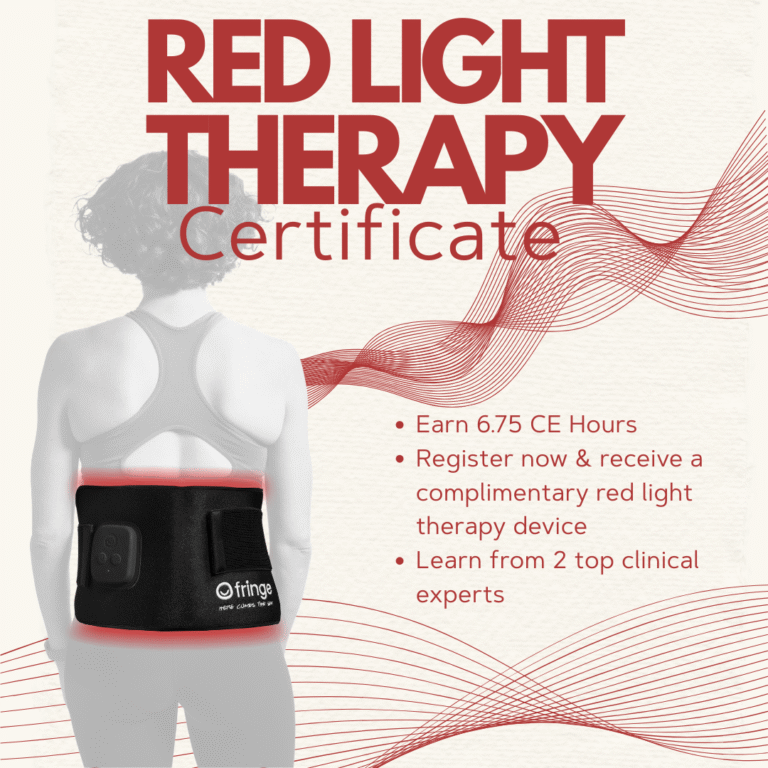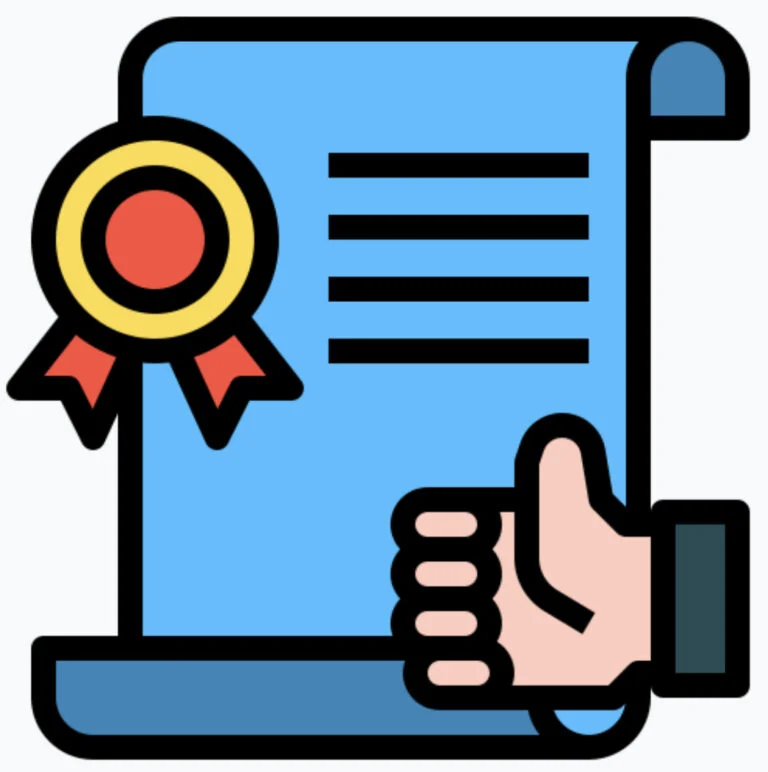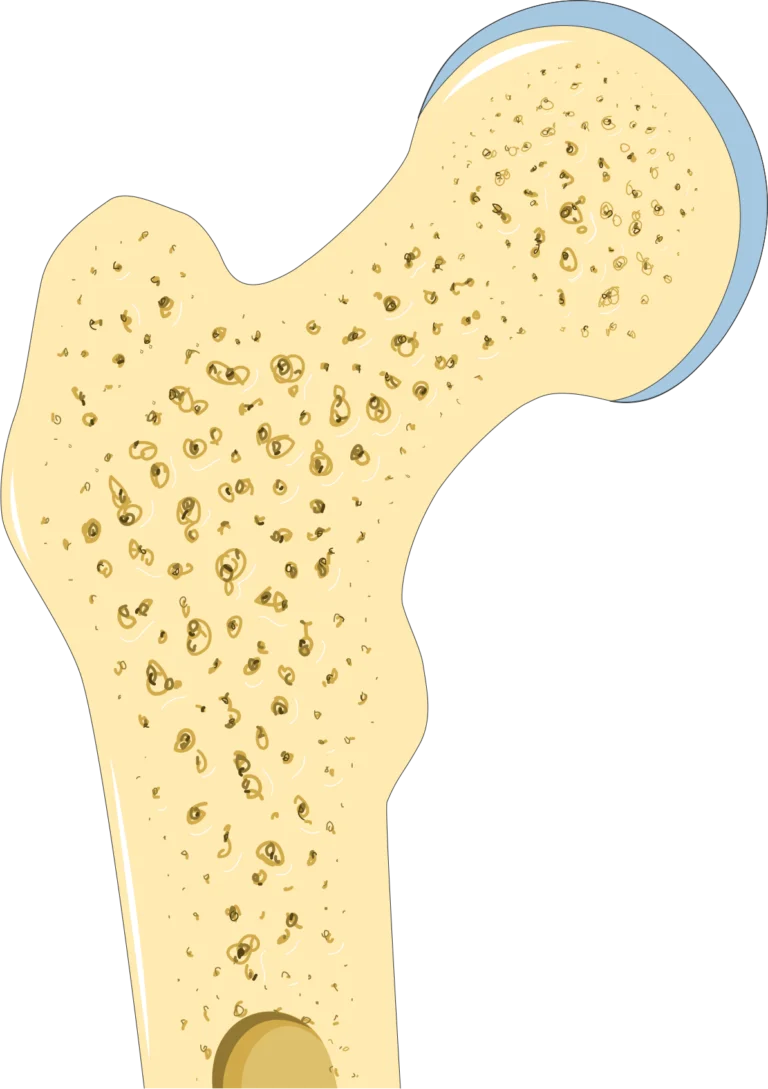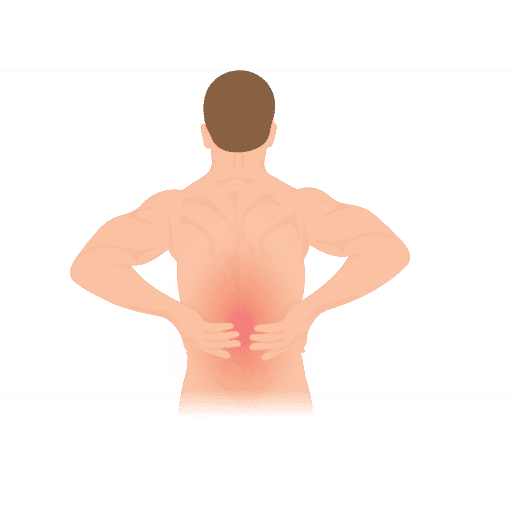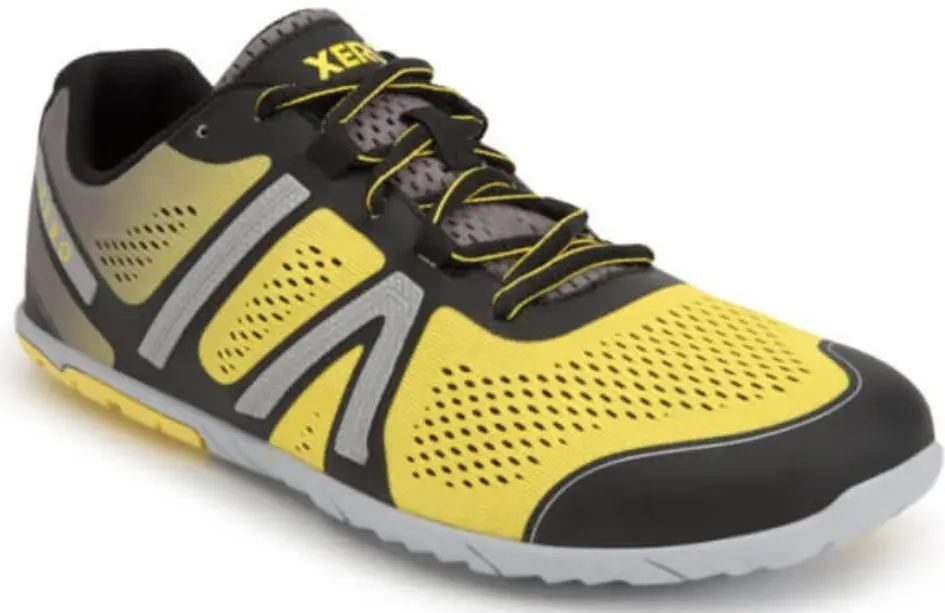Joseph Pilates famously said that people are only as old as their spines, and his views on “modern” (1945!) abuse of the spine were strong: “[T]he average human spine today invariably is more or less deformed”(1). He invented a number of exercises and tools to increase the spine’s stability and mobility.
In his earlier book, Your Health, Pilates railed against “modern” (i.e., 1934’s!) society’s sedentary lifestyles, particularly the “daily strains and stresses imposed upon [us] by our present mode of ‘fast’ living”(2). Of course, he’d have even more words for our own!
Tech Neck is also confused with Forward Head Position (FHP), but these are not necessarily the same. In fact, I would argue that there are two tech necks, and really only one of them is consistent with forward head posture.
What is Forward Head Position?
Forward Head Position (FHP) is a state of flexion in the lower and middle cervical area with compensatory extension in the upper cervical area. The sudden upper extension is so that the eyes can look ahead, not down at the ground. It is marked by overuse and misuse of the cervical extenders.
The anterior neck flexors, on the other hand, are usually in an extended and, therefore, weakened condition. Kendall and Kendall (2005) argues that constantly used muscles stay in a contracted state. They are tight and may be exceptionally strong or weak due to this state.
The antagonist muscles remain in an overly extended state and are weak: “Muscles that are excessive in length are usually weak and allow adaptive shortening of opposing muscles; muscles that are too short are usually strong and maintain opposing muscles in a lengthened position” (3).
Neumann 2017: 514 Neumann 2017: 515
Thus longer, multi-joint cervical extenders, such as the levator scapula and splenius cervicis, are constantly extended and weak.
But for FHP, the top-most extenders (particularly those around the occipital joint) are overused, tight, and often painful (but this is not the case for Text Neck). The illustration below shows how many muscles attach to the occipital area. All of these need to engage forcefully to counteract the heavy weight of the head and the downward-sloping trajectory of the spinal flexion.
On the other hand, the deep flexors, including the scalenus group, the rectus wapitis anterior and lateralis, longus capitis, and longus colli are generally extended and weak for FHP.
| Extender | Flexor | Tight (weak or strong) or Stretched (and weak)? |
|---|---|---|
| Rectus capitis lateralis | Tight | |
| Rectus capitis posterior major and minor | Tight | |
| Semispinalis cervicis | Tight | |
| Splenius capitis posterior major and minor | Tight | |
| Splenius cervicis | Tight upper fibers (FHP), stretched lower fibers | |
| Obliquus capitus inferior ans superior | Tight | |
| Levatator scapulae | Stretched | |
| Sternocleidomastoid | Stretched | |
| Rectus capitis anterior | Stretched | |
| Scalenus anterior | Stretched | |
| Lonus colli | Stretched | |
| Longus capitis | Stretched |
To jump ahead a bit, we can already see that cervical elongation into curl for the Hundred works to counteract FHP.
We’ve seen that the scalene muscles are overstretched in FHP. These are worked specifically in moves like the Hundred and Roll Up.
While it’s not shown in this image, the opposing posterior muscles are exactly those which are extended and stretched in the Hundred.
In his book, Body3: A Therapist’s Anatomy Reader, Thomas Myers’ makes the point that the levator scapulae often get blamed for being the source of stress and pain in the neck and shoulders, but this is reversing the causality a bit. Instead, a forward-positioned head constantly pulls on those levator muscles (and tugs on the superior-medial tips of the scapulae). So it’s actually that heavy head’s position that is the source of the strain.(4)
What is Tech Neck?
There are actually two kinds of tech neck. The first corresponds well with FHP, and it is associated more with sitting in front of a computer. The second has to do with standing positions and smartphones.
Let’s look at these individually.
Desk-worker’s Tech Neck
Forward Head Posture in its primary sense involves:
- Extension around the upper cervical spin
- Flexion in the middle to lower cervical spine (and, usually, also the rest of the spine)
This extension in the upper cervical spine is something of a surprise since we generally think of a forward head involving flexion. However, a completely flexed neck would have a client looking down (see Text Neck), not up at a desk-mounted monitor. This is the reason for the extension. According to Neuman:
To maintain a horizontal visual gaze—such as that typically required to view a computer monitor—the upper craniocervical region must compensate by extending slightly. Over time, this posture may result in adaptive shortening in the small posterior suboccipital muscles and posterior ligaments and membranes associated with the atlanto-axial and atlanto-occipital joints”
Neumann 2017: 368
Below is an illustration of a slouched, Forward Head Posture and a more ideal posture.
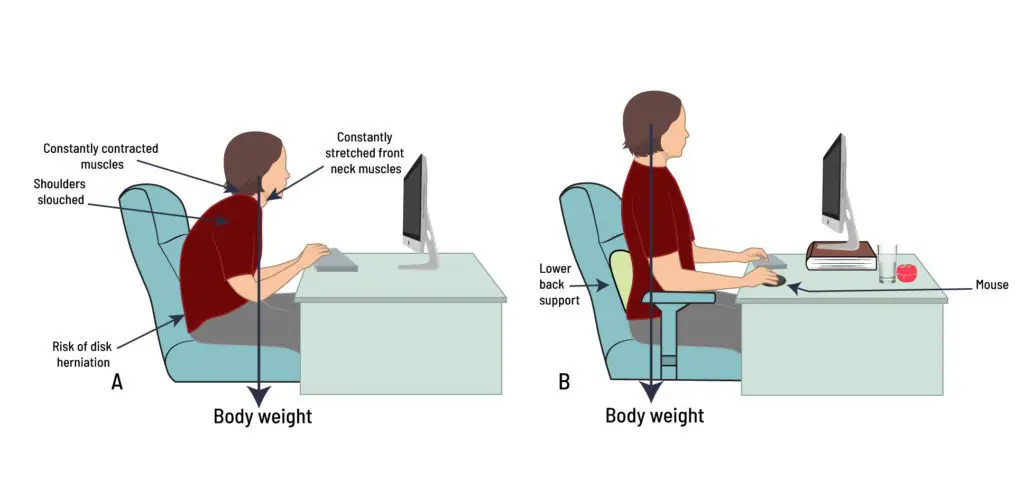
It is worth noting that this tech neck is the mirror opposite of the back’s curves below it, where we see lumbar extension going into thoracic flexion.
Set up an ergonomic desk
Here are some items to get you sitting right!
Text Neck: Smartphone Tech Neck
As is visible in the illustration below, smartphone users may have their necks in a state of total flexion–without the extension in the upper cervical vertebrae–which calls for a different focus.
How Can Pilates Help Tech Necks?
Pilates can help with either of these tech necks. In some ways, the remedy of the Pilates method will be the same for both cases in terms of general strengthening and body awareness. But when we get to the neck itself, the focus will alter.
The Core, always the Core
In both cases, core stability is a first priority. Why core stability if you’re concerned about the neck? Remember that Joseph Pilates quotation above referred to the health of the spine, which also includes the seven cervical vertebrae of the neck. The lower spine serves as the foundational support for the spine. This support gives a sturdy, even foundation for the cervical vertebrae’s dueling needs for providing mobility and stability to that 4.5kg head.
So rather than following the trajectory of an anterior pelvic tilt up the spine into the neck, strengthening core musculature can counteract that anterior tilt and place the shoulders and head over the hips.
Pilates for Desk-worker’s Tech Neck
The excessive upper-cervical extension and mid- and lower-cervical flexion are both addressed inherently within the Pilates method. Principles of two-way stretching, lengthening, and maintaining a straight spine all work to flatten these excessive curves, and they are and aspect of many Pilates exercises.
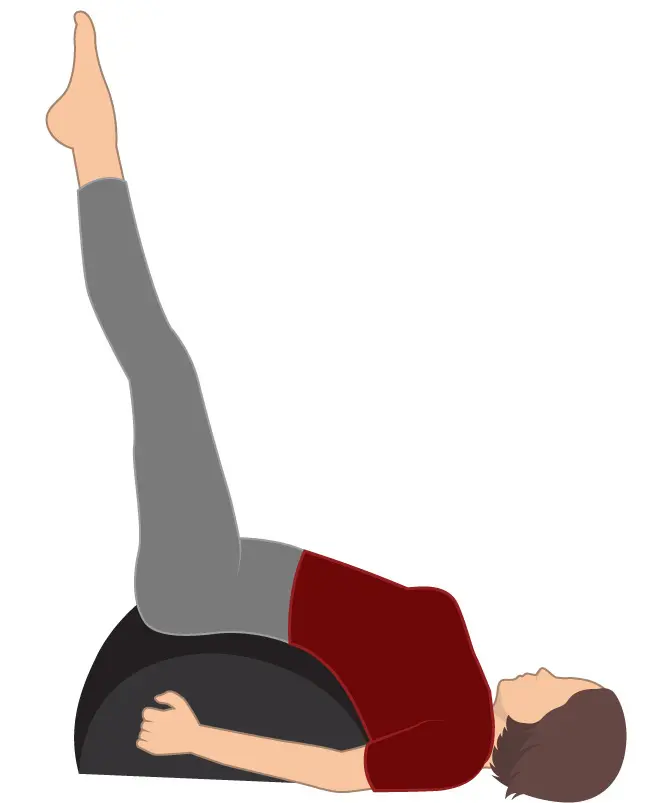
Apparatuses and exercises that emphasize a flat back immediately come to mind when thinking of un-doing tech neck.
However, I would like to focus on one series of exercises that, although they might appear to enhance tech neck,actually work to undo it: the Leg Series from the Small Barrel or Spine Corrector. In this position, the neck is lengthened and the shoulders are open. The client is encouraged not only to lengthen, but moreover to slightly press into the mat with her head. This lengthens the overworked posterior suboccipital muscles as it strengthens the lax, over-stretched scalenes and strengthens the important neck flexors beneath the sternocleidomastoid. (Furthermore, since the head doesn’t need to be lifted, engagement of the sternocleidomastoid can also be avoided.) By really seeking to lengthen around the occipital area, the client can access great cervical strengthening and lengthening.
Lying prone with the hips supported by the Small Barrel places more weight on the client’s thoracic spine. This is good as it gives a gravitational correction kyphosis. Equally importantly, the client should open her shoulders, which again encourages strengthening of the latissimus dorsi and scapular retractors and lengthening of the musculature responsible for shoulder flexion (especially the anterior fibers of the deltoids and pectoralis minor musculature).
Note that this upper body focus is independent of the named emphasis of the leg-series of the Small Barrel. These focus on core strengthening, especially strengthening the lower abdominals that work against lordosis, and also stretching the hip flexors (particularly Bicycle).
Pilates for Text Neck

Text Neck needs extension throughout the spine. And while Pilates has a bad reputation for being dominated by flexion (largely due to the fact that the majority of practitioners only practice mat up to the intermediate level), there is actually an immense amount of extension and rotation of the spine in the Pilates repertoire. And, in fact, both extension and rotation are important for counteracting Text Neck.
One exercise particularly helpful–and challenging–for counteracting Text Neck is Kneeling Long Back Stretch on the Cadillac. Obviously this exercise strengthens and requires the engagement of the extensors from the hamstrings up to the top of the neck. It also calls for a consistent opening of the shoulders as it engages the musculature necessary for scapular refraction. It also lengthens the hip flexors and utilizes the trinity of power (abs, glutes, and inner thighs) to maintain stability in the lower body.
But it also has an important proprioceptive and vestibular lesson in teaching clients to be upright and become aware of their backspace. This could usefully be coupled with the Rowing series; in particular Hug a Tree requires approximation of the hands without rounding the shoulders. It’s as much a challenge for proprioception as it is for strengthening.
Citations
- Joseph H. Pilates, Your Health: a corrective system of exercising that revolutionizes the entire field of physical education (Presentation Dynamics, 2012 (1934)).
- Joseph H. Pilates, Return to Life (PIlates Method Alliance 2010 (1945), 15.
- Kendall, Florence Peterson, Elizabeth Kendall McCreary, P. G. Provance, M. M. Rodgers, and W. A. Romani. Muscles: Testing and Function, with Posture and Pain, 2005 (1983), 12.
- Thomas Myers, Body3: A Therapist’s Anatomy Reader, Anatomy Trains (2014), 89.
Bibliography
Isacowitz, Rael, and Karen Clippinger. Pilates Anatomy. Human Kinetics, 2019.
Kendall, Florence Peterson, Elizabeth Kendall McCreary, P. G. Provance, M. M. Rodgers, and W. A. Romani. Muscles: Testing and Function, with Posture and Pain, 2005 (1983).
Neumann, Donald A. Kinesiology of the Musculoskeletal System: Foundation for Rehabilitation. 3rd ed. Elsevier, 2017.
Paterson, Jane. Teaching Pilates for Postural Faults, Illness and Injury: A Practical Guide. Elsevier Health Sciences, 2008.
Pilates, Joseph H. Your Health: a corrective system of exercising that revolutionizes the entire field of physical education. Presentation Dynamics, 2012 (1934)
–. Return to Life through Contrology. PIlates Method Alliance 2010 (1945).
Find these books here:
As an Amazon Associate, I earn from qualifying purchases.
